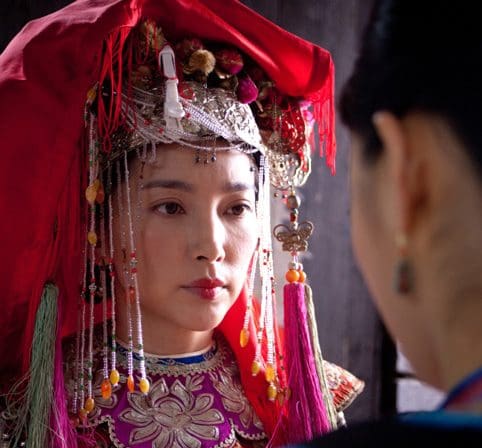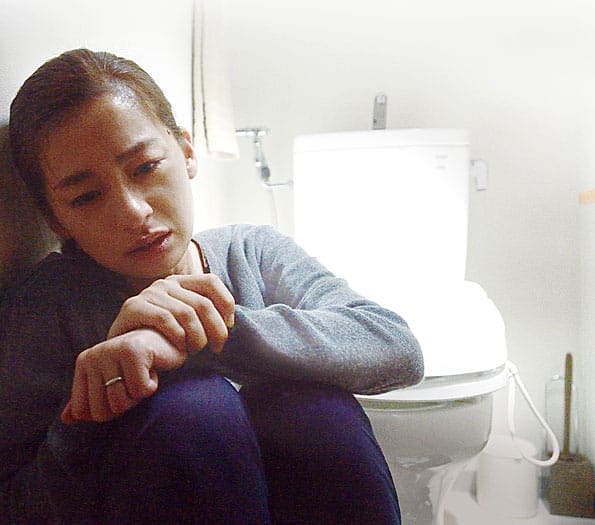Why is there not more Japanese anime on British TV?
It has been nearly three decades since Japanese animation burst onto the big screen in the UK. The 1991 cinema release of Akira led the way. The release was an adaptation of the Katsuhiro Otomo movies of the same name. Apocalyptic manga at its best. It was an explosive introduction to anime for British-speaking audiences.
Akira is widely regarded as a landmark in Japanese animation. So it was no surprise the film quickly became a cult classic. It was re-released to an even wider audience in 2001. Many critics consider it to be one of the greatest animated movies of all time.
The impact of anime on Western culture reached new heights in 2003. Hayao Miyazaki’s fantasy masterpiece Spirited Away became the firsts anime file to win an Oscar for best animated feature. The film became the most successful film in Japanese history. It grossed $289 million worldwide and receiving widespread critical acclaim.
Studio Ghibli, the film studio behind Spirited Away, is the world’s most successful animation house outside of the US. Its exports, such as Princess Mononoke, Ponyo and My Neighbor Totoro, regularly dominate lists of best anime movies. These are films that have garnered a huge following outside of their native Japan. But anime is not exclusive to cinema. In Japan it is a diverse billion-dollar industry that produces countless TV series in a range of genres. After Akira and Studio Ghibli successfully infiltrated Western cinema, why is there not more Japanese anime on British TV?
Britain has an appetite for foreign television
Brits are no stranger to international television offerings. Over the last few years, Nordic Noir dramas imported from Scandinavia have propelled foreign television into the limelight. The popularity of shows like The Killing, Borgen and The Bridge indicate our nation’s appetite for something sourced a little further-afield.
But while the major channels continue to spend big on international dramas, anime remains largely ignored. At best, the main broadcasters touch on popular anime shows every few years usually during a Japan season. When anime does make it to UK prime time, it is typically a Studio Ghibli production already familiar to British audiences. It is usually Spirited Away.
Global phenomenon Pokémon is the biggest anime show to have enjoyed longevity on British TV. But even Pokémon is restricted to just a few hours on digital channels aimed squarely at children. Contrary to popular belief, youngsters are not anime’s sole target audience. It can be wide-ranging and certainly much more adult. In Japan, it deals with deeper issues like alienation, gender inequality, homosexuality, corruption and teen angst.
Censorship and cultural differences have limited anime screening
Britain and Japan have contrasting cultures and our societies’ tastes can wildly differ. Themes that are considered offensive in the UK can be entirely acceptable in Japan and vice versa. Because of this, UK censorship laws have made it extremely difficult for television networks to broadcast Japanese anime.
People in the UK are not used to the anime style of cartoon. Instead, they’ve grown accustomed to Disney fantasies and animated sitcoms like The Simpsons and Family Guy. Many have stereotyped anime as being overtly violent or sexual. A network is unlikely to run the risk of showing content that could cause offence.
However, the major channels do not have the same qualms about broadcasting Western cartoons that generate controversy. Family Guy is a prime example of an animated series that has repeatedly caused offence. The show’s humour revolves around satirical jabs at different cultural groups and communities. Unperturbed, many channels have continued to broadcast the show, drawing in huge audiences. BBC3 broadcast two episodes of the sitcom every evening until it recently moved online. ITV2 has since taken over the reins.
Online streaming services have renewed interest in anime
Despite the absence of anime on British TV, its popularity in the UK has surged in recent years. Stores specialising in anime products have popped up. Japan Craft in Camden sell a range of anime merchandise while Orbital Comics has a store dedicated to Japanese anime and manga.
At the heart of the revolution is online streaming. For many years, British fans could only access anime by hunting down DVDs or stumbling across a rare TV broadcast. Now, most anime series can be watched online.
The filesharing of anime, often with subtitles provided by fans, is resulting in TV channels being bypassed. Anime studios have cottoned on and have now agreed contracts with niche sites. Crunchyroll and Hulu now legally stream shows. Netflix have an equally healthy anime offering and enthusiasts can also turn to fansites like Anime News Network.
Online streaming has given UK audiences a new platform to access Japanese animation. For now, enthusiasts can get their anime fix by diving into its thriving online communities, but with its popularity blossoming, it might not be long until the major TV channels make forays into the anime market.
Fathom Events and GKIDS are bringing a series of Studio Ghibli movies to the big screen throughout 2017. See here for details.










